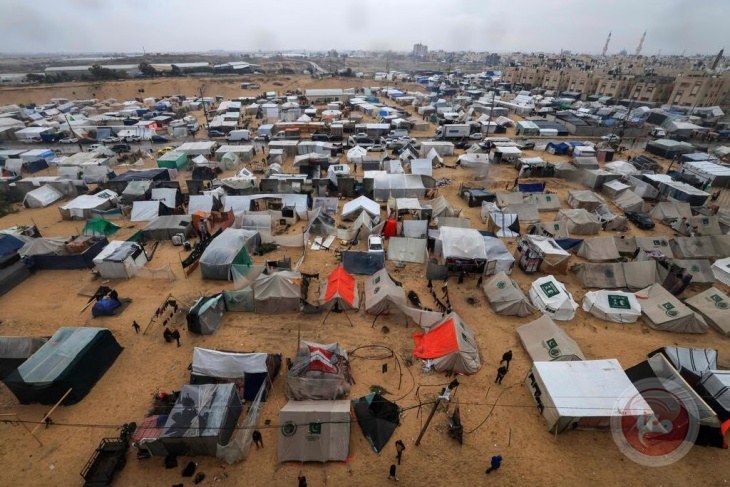The World Health Organization has warned of the increasing risk of infectious diseases in the Gaza Strip, many of which are preventable. Without access to hygiene and with the people of the Strip displaced in large numbers towards the south of the Strip, some families being forced to flee more than once, and many taking refuge in crowded health facilities.
Th organization explained that nearly 180,000 people suffer from upper respiratory infections, in addition to 136,400 cases of diarrhea, half of whom are children under the age of 5, in addition to 55,400 people suffering from scabies, 5,330 with smallpox, and 42,700 with rash, as well as 4683 cases of acute jaundice.
The Health Ministry in Gaza reiterated that it is difficult to treat patients in Gaza with the collapse of the health sector and the interruption of most types of medicines.
According to WHO, as of 27 December, 13 out of Gaza’s 36 hospitals are partially functional; nine in the south and four in the north. The four hospitals that are partially functional in the north have been offering maternity, trauma, and emergency care services. However, they face challenges such as a shortage of medical staff, including specialized surgeons, neurosurgeons, and intensive care staff, as well as a lack of medical supplies such as anesthesia, antibiotics, pain relief medicines, and external fixators.
Additionally, they have an urgent need for fuel, food, and drinking water. The situation of hospitals and the level of functionality depend on fluctuating capacity and minimum level of supplies being able to reach the facilities.
The nine partially functional hospitals in the south are operating at three times their capacity, while facing critical shortages of basic supplies and fuel. According to the MoH in Gaza, occupancy rates are reaching 206 per cent in inpatient departments and 250 per cent in intensive care units.

